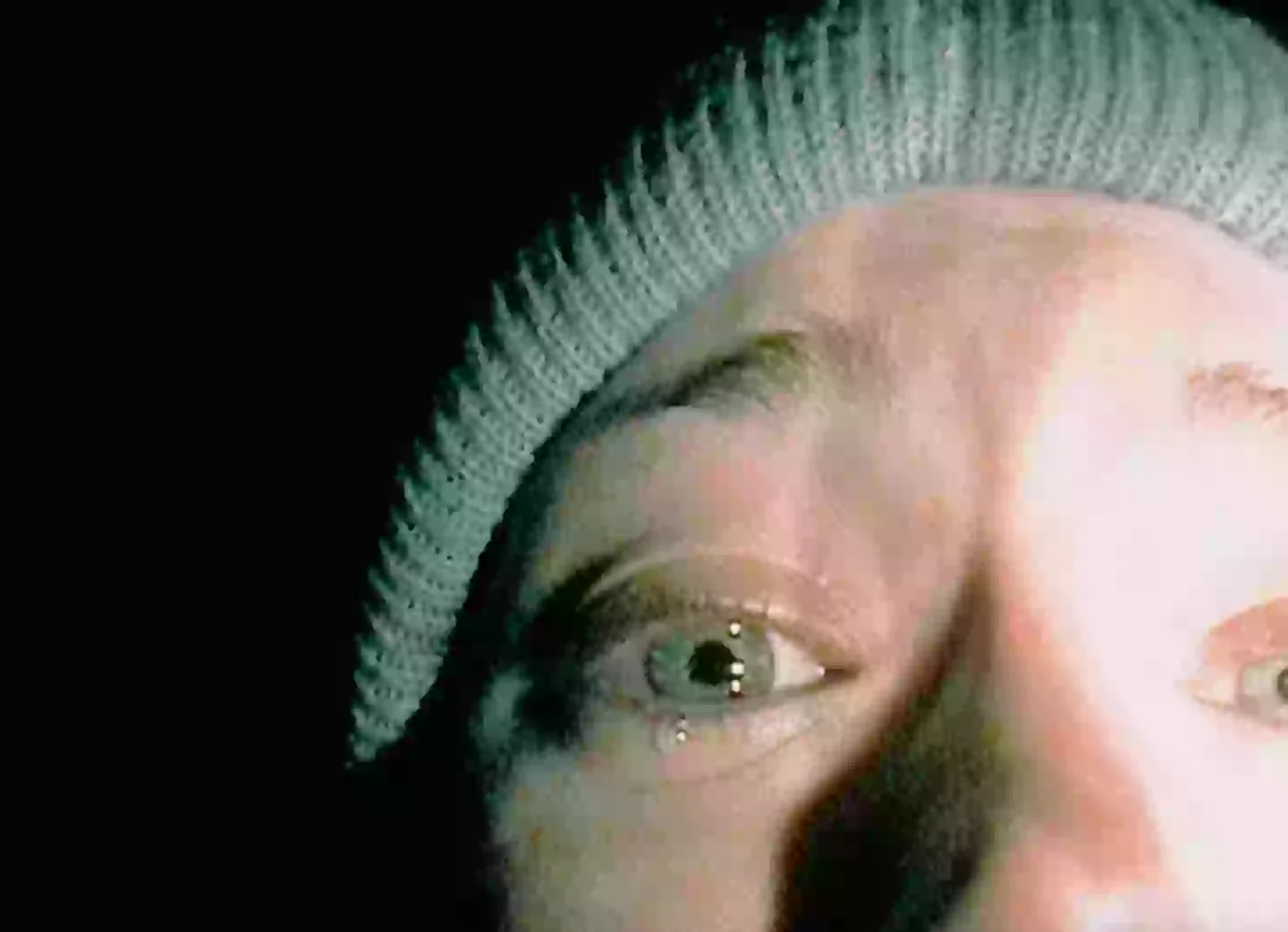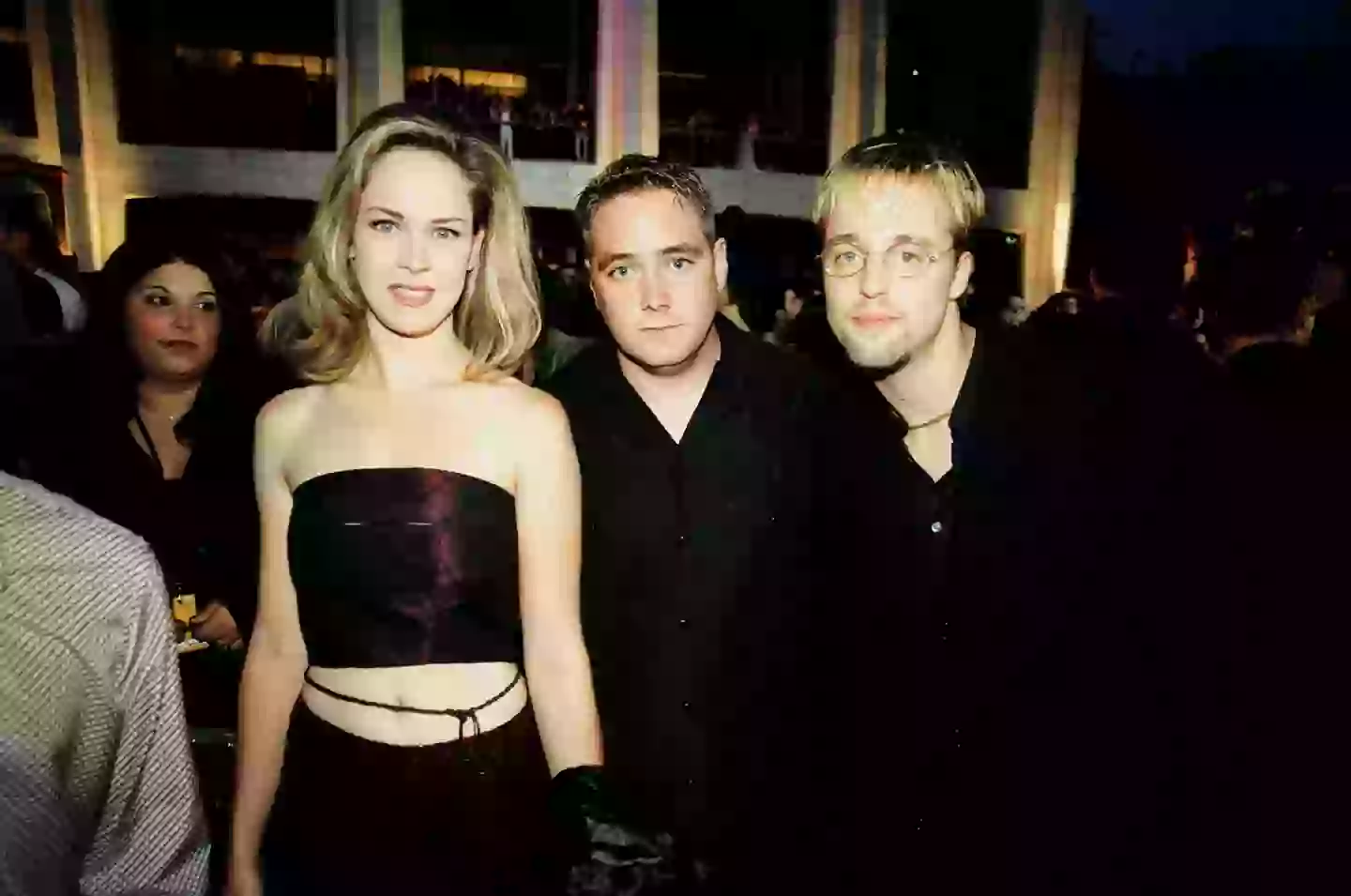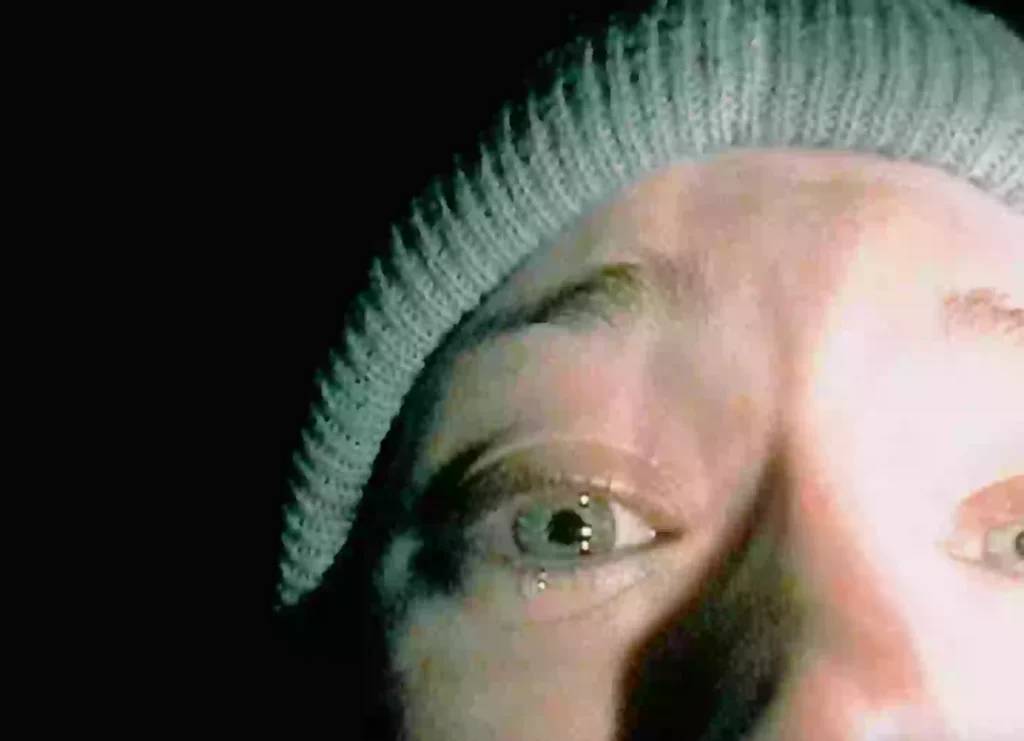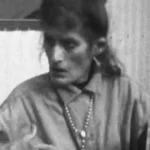The Untold Story Behind the Blair Witch Project’s Terrifying Success
The 1999 horror film, The Blair Witch Project, revolutionized the found-footage genre and left audiences utterly terrified. But the chilling realism extended far beyond the screen; the actors themselves endured extraordinary measures to maintain the illusion of authenticity, a sacrifice that ultimately left a bitter taste in their mouths. This blog post delves into the behind-the-scenes story of this iconic film, revealing the lengths the actors went to, and the shocking truth about their compensation.
A Masterclass in Marketing Deception
The Illusion of Reality
The Blair Witch Project’s success wasn’t just due to its effective scares; it was a masterpiece of marketing. Starring then-unknown actors Heather Donahue (Rei Hance), Joshua Leonard, and Michael C. Williams, the film portrayed three student filmmakers venturing into the woods to investigate the Blair Witch legend, only to become victims themselves. The film’s marketing campaign expertly played on the actors’ obscurity, feeding the narrative that the footage was genuinely discovered after their disappearance. The limited budget of just $35,000 further enhanced this believability.
The Actors’ Sacrifice
To fully sell the illusion, the actors made significant personal sacrifices. Artisan Entertainment, the distributor, imposed stringent restrictions. Post-filming, Donahue, Leonard, and Williams were essentially forbidden from taking on new acting roles. The studio actively prevented interviews and even reprimanded Leonard for accepting a part in an independent film, fearing it would expose the truth about their survival. This calculated strategy, coupled with a faux documentary featuring interviews with supposed relatives of the “missing” filmmakers, effectively convinced many that the film’s events were real, especially given the less widespread internet access of 1999.

The Price of Success: Financial Struggle and Unfulfilled Promises
A Fruit Basket Instead of a Fortune
Despite the film’s phenomenal box office success – raking in over $250 million – the actors received shockingly little compensation. Their initial contract, made before their representation by SAG-AFTRA, proved to be grossly inadequate. Upon surpassing $100 million in revenue, the studio’s gesture of gratitude was a mere fruit basket. This stark contrast between the film’s massive profits and the actors’ financial struggles is a poignant reminder of the industry’s power imbalances.
The Aftermath: Working to Pay the Rent
The actors’ financial hardship was profound. Leonard poignantly recounted a catering job where he inadvertently served his own agent, a humbling experience that highlighted the stark reality of their situation. The significant gap between their contribution and reward fueled their later decision to publicly address their plight. Their collective statement demanded fair remuneration, a fight that ultimately stemmed from their lack of proper representation during the film’s production.

A Legacy of Fear and Frustration
The Reboot and Renewed Calls for Justice
The recent announcement of a reboot by Lionsgate finally spurred the actors into action. The lack of consultation or communication surrounding this new project further underscored the injustice they had endured for years. Beyond their acting contributions, they highlight their involvement in operating camera equipment and adhering to directorial prompts amidst the intense filming conditions in the secluded woods. Their experience was far more involved than simply reciting lines on a set.
Where to Watch
You can revisit this chilling masterpiece and judge for yourself the effectiveness of the film’s terrifying realism on Amazon Prime Video in the UK. However, while watching, remember the untold story behind the screen – a tale of extraordinary commitment and significant, uncompensated sacrifice.


